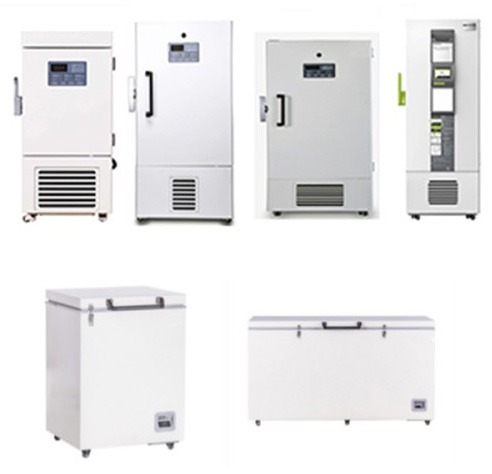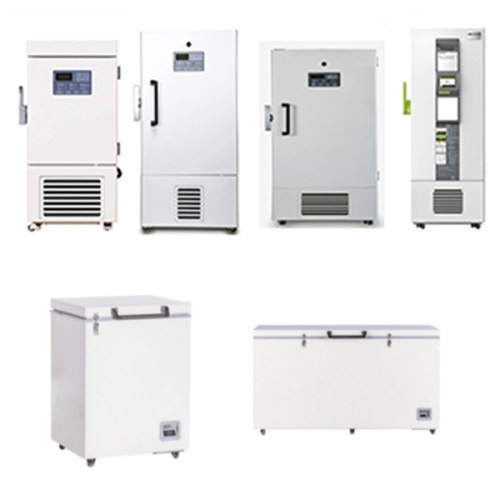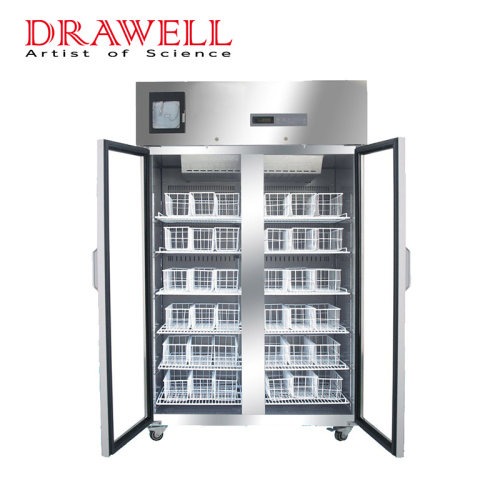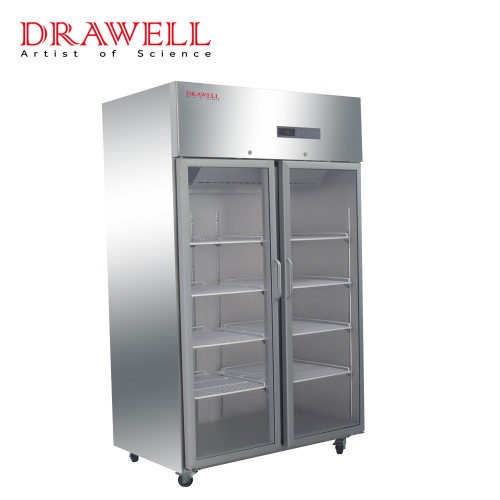Many laboratories use ultra-low-temperature refrigerators (ultra-low-temperature freezers) to keep valuable samples safe. There are several options for ultra-low temperature refrigerators that can operate between -86°C and -40°C, but most ultra-low temperature freezer create a consistent environment where laboratory refrigerator maintains an internal temperature of -70°C and -80°C between.
Whether you are purchasing your first refrigerator or replacing an existing model, many factors, from the type of refrigerator to space requirements and maintenance agreements, should be considered and discussed before purchasing. After combining many factors with your budget, you need to decide which model is best for you.

What Ultra-low Temperature Refrigerator Options Are Available to You?
There are many different types of ultra-low-temperature refrigerators to suit all budgets and needs. Some models may be cheaper, but they won’t offer as many features, while others will come with extra features to keep the internal temperature more stable and safer from fluctuations, but may cost more.
There are 2 main types of ultra-low temperature refrigerators: chest and upright. There are many commonly used options. A popular choice is the ultra-low temperature refrigerator with vacuum-insulated panel insulation, which has more capacity in a smaller footprint and is a good choice where floor space is limited. Another popular option is the dual ultra-low-temperature refrigerator with separate compressors, but the most popular option where performance is the key driver rather than cost is the ultra-low-temperature refrigerator with two compressors.
Cost-wise, there are some low-cost freezer options available, but the lower costs are missing some components, making them a riskier option if you need solid, reliable performance.
For those who are not limited by budget and need better performance, there are various mid-range and high-end models to choose from, so it is best to understand not only your budget but also your laboratory’s needs for refrigerators. When you understand this, you can make a more informed choice in the right range of Ultra low-temperature refrigerators.
What Facility Issues Should You Be Aware of?
In addition to finding the right location, you also need to make sure your facility is equipped to accommodate an ultra-low-temperature refrigerator. ULT freezers require chilled process water, reliable power, and vacuum equipment, so you need to ask yourself if your chosen location can provide these for your refrigerator. If you’re looking to buy a higher-end fridge, you’ll also want to make sure you have the right data ports to transfer logged data and/or provide some space for a spare battery.
You will also need to know your facility’s power supply as most are 187V-240V, 60 Hz, 15Amp single-phase circuits. If you’re in a lower voltage area, you may also want to consider adding a booster, as the refrigerator won’t heat up as easily at lower voltages, and the freezer is more likely to fail quickly. You’ll also want to analyze if you’re in an area with unreliable power, or if there are a lot of natural disasters, as it’s worth considering adding a backup kit option that will provide alerts about power issues and maintain set temperatures for short periods.

3 Other Tips to Buy Low-temperature Refrigerators
1. Find the reliable ultra-low-temperature refrigerator Manufacturer
How do you know which low-temperature refrigerator is reliable? Check out the ultra-low temperature refrigerator manufacturer’s track record. With some quick research, you can find out how reliable each manufacturer’s ultra-low temperature refrigerators are, how long the company has been in the field, and whether its technology has any known laboratory refrigerator failures. Don’t make yourself a test subject for new technologies. Find refrigerators with proven reliability that have been established in the research field so you don’t subject your work to technical errors.
2. Usage of ultra-low temperature refrigerator
Temperature recovery plays an important role in protecting samples, especially if you plan to open the ultra-low temperature freezer door frequently. After the door is closed, the display readout is often misleading and indicates a certain set temperature, but it does not necessarily mean that the set temperature has been reached at that time. Too long a recovery time means a longer time to heat up, putting your samples at risk. Check the temperature mapping data for the ultra-low temperature freezer you are interested in so you can see an accurate readout of temperature performance during recovery.
3. Unity of ultra-low temperature refrigerator
Ever notice that the food refrigerator on the bottom of your home is colder than the food stored at the top? The same thing can happen in an ultra-low temperature freezer when all your samples need to be stored at a specific temperature and can be a huge problem. Surprisingly, in an upright ultra-low temperature freezer, there is a difference in temperature between the top and bottom. Ask the low-temperature refrigerator manufacturer for reliable uniformity data that has been tested with thermocouples at various locations within the device.



